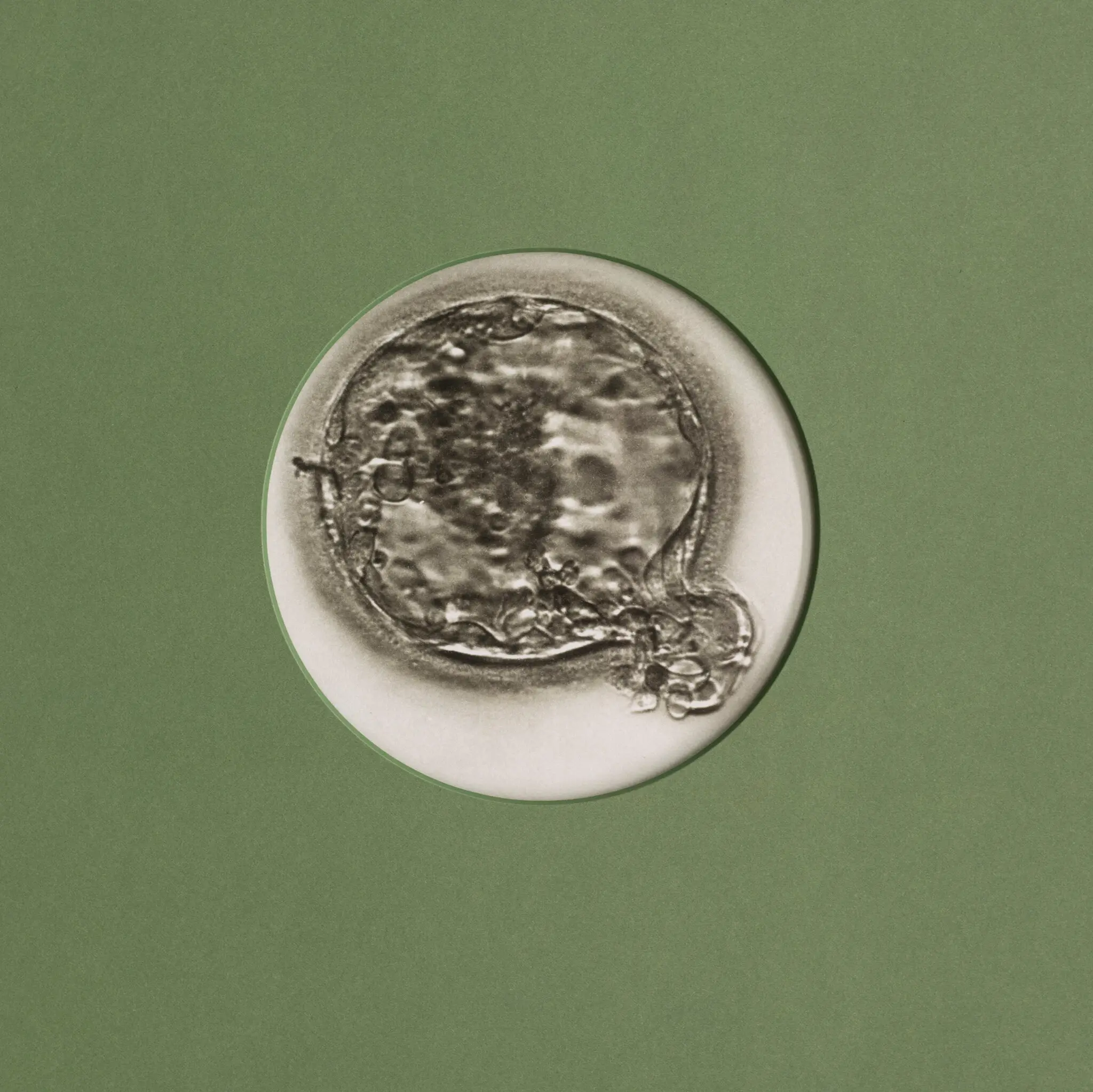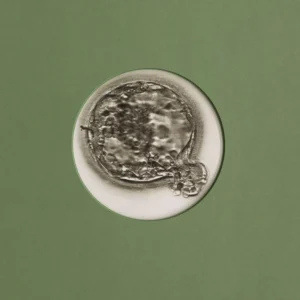Last month, President Trump unveiled his new plan to expand access to in vitro fertilization. It exposed the pro-life movement’s identity crisis.
For a movement that defines itself by protecting life from conception, IVF is forcing an uncomfortable reckoning: What happens when “pro-life” ideals collide with “pro-family” politics?
For decades, America’s conservative base has treated the pro-life label as a moral cornerstone and a primary reason for voting Republican. But that once-solid cornerstone is fracturing. There are two distinct camps within the pro-life movement. The first camp, the hardliners, view IVF as abortion by another name. They argue that any embryo created and not implanted is a life destroyed.
This view gained legal traction in Alabama’s LePage v. Center for Reproductive Medicine, when the Alabama Supreme Court ruled — in a civil trial over embryos allegedly destroyed by negligence — that they should be considered “children” under state law. The decision, championed by the Alliance Defending Freedom, was celebrated by fetal personhood advocates, but it drew warnings from experts about its consequences.
Even many conservatives had doubts over the ruling. Alabama’s Republican Gov. Kay Ivey (R) and lawmakers quickly moved to restore IVF services and reassure voters that fertility clinics would remain open.
The second camp includes President Trump and his allies, who see IVF as proof that science can serve family values. To them, IVF is a “pro-life win,” not a violation of the movement’s principles.
Trump, who calls himself “the most pro-life president ever” and takes credit for ending Roe v. Wade, distanced himself from the Alabama ruling and declared he “strongly” supports IVF, dubbing himself “the fertilization president.”
The topic became prominent during the 2024 presidential campaign. Trump told voters, “We want to make it easier for mothers and fathers to have babies, not harder.” Meanwhile, then vice-presidential candidate Gov. Tim Walz (D-Minn.) highlighted his own family’s IVF journey as a key campaign story.
This second camp reframes IVF as the natural extension of being pro-life and pro-family: If the conservative goal is to support families, helping couples who can’t conceive fits that mission.
Trump’s IVF plan embraces this framing. It calls for expanded IVF access through employer-based insurance. It’s a policy designed to help people build families. According to the Pew Research Center, roughly 70 percent of Americans say access to IVF is a good thing.
But IVF creates a moral test that abortion once simplified. The anti-abortion banner was easy to rally behind: One side was “for life,” the other “against it.”
IVF blurs that line. It forces conservatives to reconcile two visions, one that treats every embryo as sacred, and another that celebrates family building by any means necessary. As Politico Pro reported, some anti-abortion leaders have gone so far as to call the GOP’s support for IVF a “‘license-to-kill’ dilemma.”
As The New York Times and Stateline have reported, some Republicans are now promoting a lesser-known alternative called “restorative reproductive medicine.” This approach treats infertility without creating or discarding embryos.
It has gained backing through the Make America Healthy Again movement, led by Health and Human Services Secretary Robert F. Kennedy. Jr. For hardliners, restorative medicine offers a moral workaround, a way to preserve pro-life grounding while still claiming to support families.
These fractures aren’t new. Outlets have all chronicled the same divide: A movement once united by opposition to abortion is now splintering over what it means to protect life.
NPR described how IVF is “complicating Republicans’ abortion messaging,” while The Guardian reported that the largest Protestant denomination in the United States recently condemned IVF as a “win for the anti-abortion movement.” And as The New Yorker observed, “the fight over IVF is only beginning.”
So the question becomes: Is the conservative movement on the verge of another rupture? It already splintered once, into Trump loyalists and Never-Trumpers, but abortion opposition kept the coalition intact. Now, even that fragile unity is under strain.
IVF may be the gateway to admitting what the pro-life movement has fought for decades to deny, a door they’ve fought to keep closed: that women should have the right to decide if, when and how to have children. Because if that’s true for women seeking fertility treatment, it must be true for women seeking abortion and reproductive care too.
If IVF is moral because it helps women become mothers, then abortion — allowing women not to become mothers — can’t be pure evil. You can’t celebrate choice when it ends in birth and condemn it when it ends in autonomy.
So will the movement embrace IVF, or will it crack under the weight of its own contradictions?
Maybe, in the end, the hardliners are right about one thing: The ideology only works if you take it all or nothing. If you won’t give women full control over their reproductive lives, the burden is on you to show that “pro-life” was ever about life at all.






